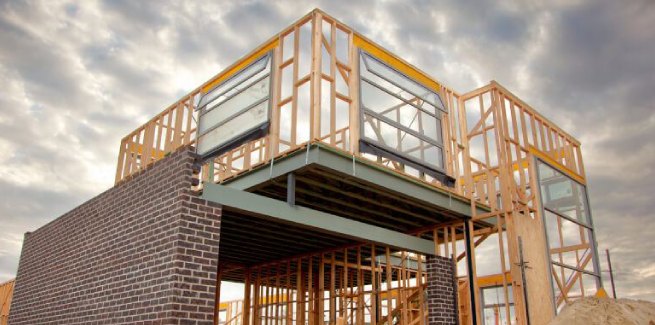The Housing Industry Association (HIA) has released its quarterly national update on the housing and renovation industry (winter edition 2021), in which it has warned that while the outlook for new home commencements is strong for the next 12 months, this would not last without a return in demand for new housing from overseas migration.
Indeed, the report has forecast a decline in new home commencements over the next few years, assuming that migration would start returning from mid-2022 and result in a growth rate of 1.5 per cent by 2024-25.
However, even with this expected return of population growth, the current volume of new home commencements would not be sustained, the HIA report said.
From mid-2022, there could be a decline in new detached home starts when homes initiated by the federal government’s HomeBuilder near completion.
According to figures provided in the HIA report, it is anticipated that there will have been 135,390 detached dwelling starts nationally in the 2020-21 financial year, representing a record for the number of starts in a 12-month period, and a 32.5 per cent growth over the previous financial year (around 91,388 in the FY19-20).
However, HIA economists have anticipated that this would be a short-lived record, with detached starts to exceed 143,100 in the 2021 calendar year, and this record would unlikely to be broken within the next decade.
It is expected that there would be 125,030 detached starts in 2021-22 (a 7.7 per cent fall from 2020-21).
However, from mid-2022, the negative impacts of two years of lost population growth, higher building costs, and a “shadow of demand” created by HomeBuilder are expected to emerge, which would impair the detached housing sector.
Consequently, the number of starts would fall back below the average of the past decade, and would be compounded by a rise in the official cash rate from mid-2023, the HIA report has predicted.
The report has predicted that starts would fall to 97,850, and then again in 2023/24 to 93,770, a “trough” in this cycle, but still higher than the 2019-20 year.
“The decision on when, and how strongly, overseas migration returns is a major risk to the demand for housing in the out years,” the report stated.
“With migration expected to slowly return in 2022, starts are expected to slow in 2022/23.”
Furthermore, it said that multi-unit starts have been predicted to decline by 7.9 per cent from 2020-21 to bottom out at 60,890 starts in the FY21-21.
From this bottom level, local demand would drive a return to growth, with the return of overseas migration from 2022-23 to provide further growth thereafter.
Starts are expected to grow to 61,310 in 2022-23 and 63,370 in 2023-24.
Demand for materials exceeds supply
The report noted that the economy has been benefiting from a record volume of new detached commencements, while fewer homes have been reaching completion.
As a consequence, the volume of new detached homes under construction has expanded to a record high in all regions, according to the report.
This is compounded by longer construction times as materials shortages have been delaying work.
Increased demand for materials as well as the speed at which it occurred has seen demand outstripping supply for materials, labour and land, the report highlighted.
“The delay in the supply of materials will see the impact on labour and ancillary services remain elevated well into the second half of 2022,” the report said.
“This is a positive for the wider economy as the economic stimulus is spread over more years, but a challenge for building businesses.”
HIA economist Angela Lillicrap said that recent data has suggested that demand for detached housing has remained strong despite the lack of fiscal stimulus.
She said: “There are also encouraging signs that demand for multi-units is returning ahead of population growth.
“Approvals for units have picked up in NSW and Queensland after a pause in 2020 as investors look through the haze of the pandemic and anticipate a return of migration.”
She further noted that the renovations market is midway through a record year, and said that this trend would continue for many years, driven by higher savings levels and more time spent at home amid lockdowns and restrictions.
Recent data from the Australian Bureau of Statistics (ABS) showed that new housing loan commitments fell by 1.6 per cent in June 2021 but remained at a historically high level of $32.1 billion.
The fall was led by a 17.0 per cent decline in the value of owner-occupier loan commitments for the construction of new dwellings.
[Related: New home sales down by a fifth: HIA]
 ;
;
